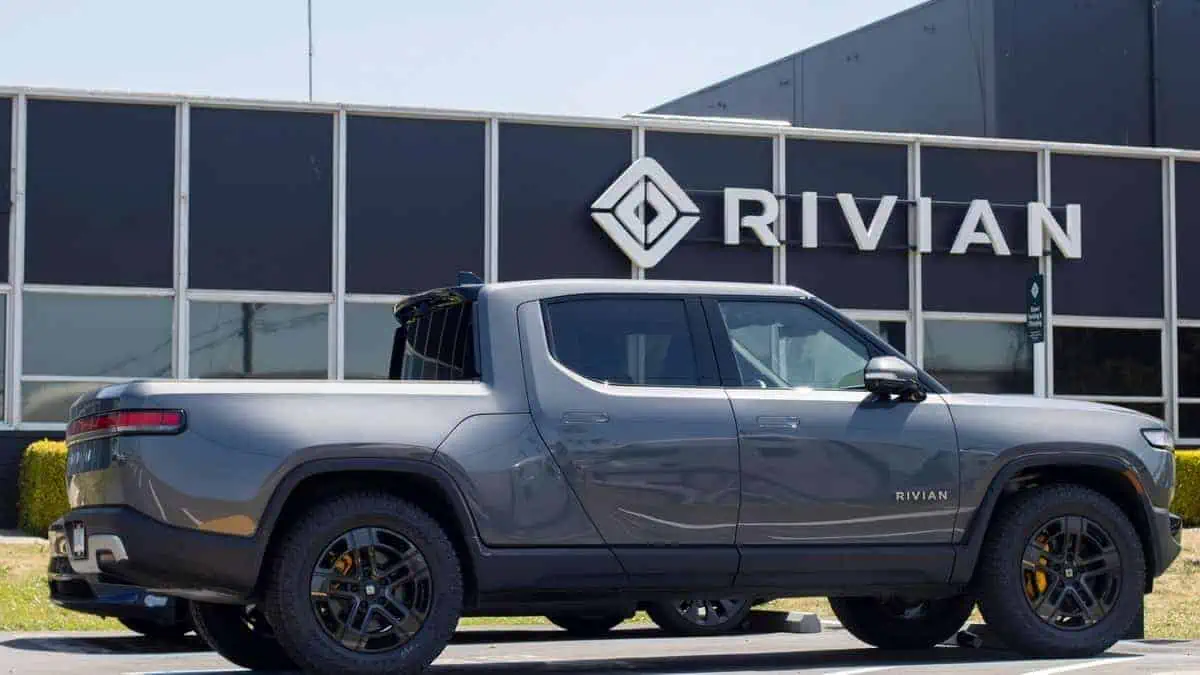International accredited registrar and classification society DNV and the Financial Times subsidiary FT Longitude have finally completed their global grid storage report, “Closing the Energy Storage Gap.”
The survey involved 436 senior energy professionals from 5 different regions focusing on electrical power, renewables, oil and gas, and industrial energy consumers. Notably, 30% of them are C-level.
Meanwhile, the in-depth reviews only included six industry leaders to elaborate on the topic. One of them was Mr. Michael Barnard, a FLIMAX Advisory Board Member and TFIE Strategy Chief Strategist.
He noted through an article that nearly 50% of the surveyed respondents were actively exploring and/or piloting energy storage projects. Meanwhile, 35% were providers of energy storage tech or equipment. Approximately a third were energy storage projects/technologies investors.
Surprisingly, around a third of respondents with oil and gas businesses aim to acquire energy storage assets by 2026.
Barriers
The survey revealed that regulatory permits and profits are the top barriers that impede companies from penetrating the energy storage industry.
Mr. Michael Barnard indicated that energy storage assets need transmission grid connections, which hinder many geographies’ energy shift. He also noted that many energy storage technologies conflict with other regulatory areas.
Meanwhile, global investment funds and deployment companies mandate a regulatory structure that guarantees revenue.
Li-ion batteries’ prevalence
Li-ion batteries continue to gain popularity across the storage and transportation industries. However, the rapid growth of electric vehicles poses a potential shortage in li-ion batteries, as lithium takes many years to develop, extract, and process.
According to the report, nearly 90% of the survey respondents from all industry groups indicated that grid storage and long-duration storage were crucial for stability in the next five years.
As expected, 86% of the respondents believe that li-ion batteries will dominate in the next three years. Meanwhile, 62% or six of the ten respondents chose pumped hydro. Mr. Michael Barnard was impressed with this result.
“I was very pleased and somewhat surprised to see that six out of ten respondents were focused on pumped hydro. That’s indicative that they are actually focused on grid storage and have navigated through the hype and noise to what actually works.”
Mr. Michael Barnard, a FLIMAX Advisory Board Member and TFIE Strategy Chief Strategist
Green hydrogen followed with 52% of the responses. Thermal energy storage landed fourth with 46%, while redox flow systems got 41%.
Outlook
Mr. Michael Barnard forecasts li-ion batteries to ovethrow sodium-ion for grid storage in the coming three years.
However, he suggests that sodium-ion will prevail in the longer term. He noted that sodium-based batteries are ideal for stationary, same-day storage applications.
On the other hand, lithium is better for nearly all land and marine vehicles. As for aviation and longer-haul freight, silicon-based batteries will lead the industry, as noted by Mr. Barnard.
See Also:
- Study: EV batteries alone could meet short-term grid storage demand by 2030
- B2U Storage Solutions Inc offers a second life to EV batteries on the California power grid
- Solar & Storage generates power to sustain the grid’s stability
- National Grid beats 1,000 electric vehicle milestone
- JLR to use old I-PACE batteries as energy storage system in the UK
The Closing the Energy Storage Gap report is undoubtedly informative regarding the potential paths of relevant global sectors in the future. However, they must explore ways to address the ongoing confusion issue over optimal technology, as there are currently 13 grid storage technologies. Mr. Barnard contends that it must drop to just only five.






